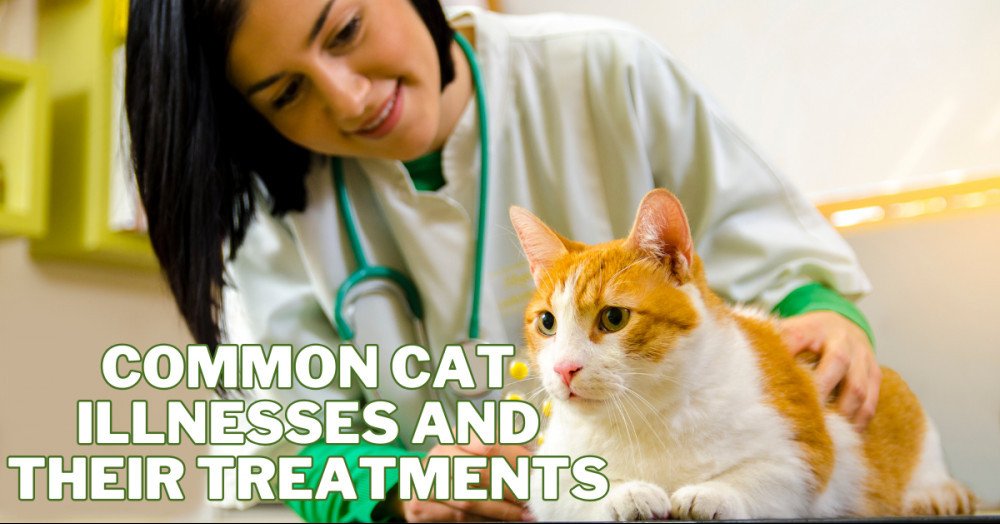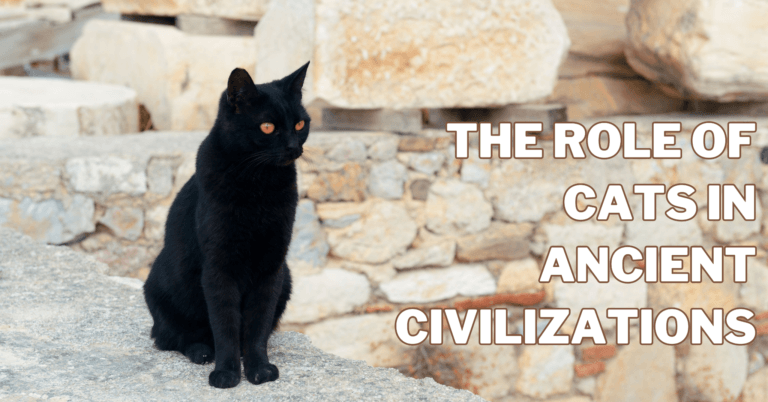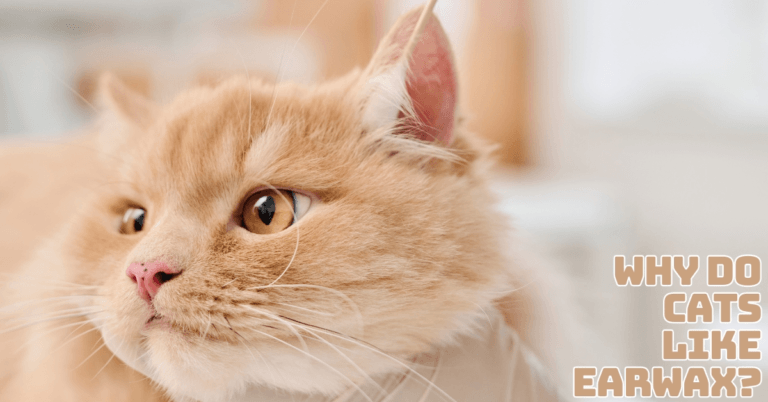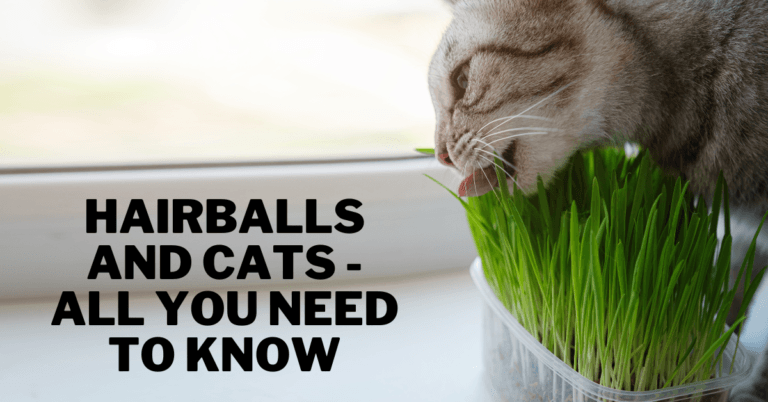Common Cat Illnesses And Their Treatments
Common Cat Illnesses And Their Treatments
As devoted cat owners, we must know the common illnesses that can affect our feline friends and understand their treatments.
Like other pets, cats are susceptible to various health conditions ranging from minor to more serious ailments.
Recognizing the signs and symptoms of these illnesses and seeking appropriate treatment from a veterinarian is essential for maintaining the well-being and longevity of our beloved companions.
This article will explore some of the most common cat illnesses, their potential causes, and the available treatments.
By familiarizing ourselves with this valuable information, we can be better equipped to care for our cats and provide them with the best possible health care.
Understanding Common Cat Illnesses And Their Treatments
Like all animals, cats can be susceptible to various illnesses and health issues. Cat owners must be aware of common cat illnesses and their treatments to ensure their feline companions receive prompt and appropriate care.
Here are some of the most common cat illnesses and their treatments:
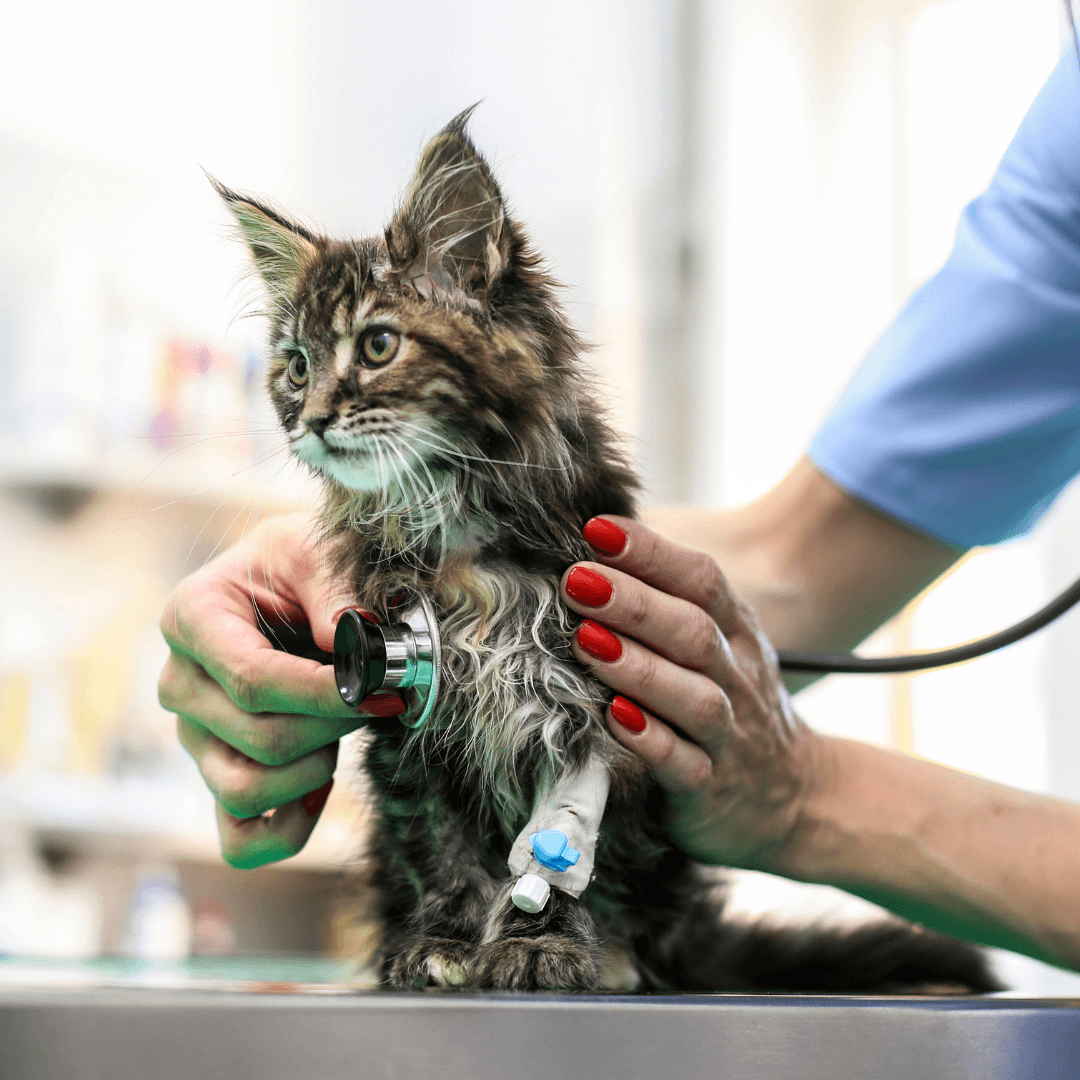
1. Upper Respiratory Infections (URIs)
Upper Respiratory Infections (URIs) are common in cats, especially in multi-cat environments or shelters. They are typically caused by viruses or bacteria, such as feline herpesvirus (FHV-1) and feline calicivirus (FCV).
Cats with URIs may exhibit symptoms like sneezing, nasal discharge, coughing, and sometimes fever. Young kittens, senior cats, and those with weakened immune systems are more susceptible to severe URI symptoms.
Treatment for URIs primarily focuses on supportive care. Keeping the cat's environment clean and providing good nutrition and hydration is essential.
You can use a warm, damp cloth to clean their nose and eyes to alleviate discomfort gently. Encouraging the cat to eat and drink can be challenging due to reduced appetite, so offering wet and palatable food may help.
A veterinarian should be consulted promptly if the cat's condition worsens or shows signs of dehydration. In some cases, antibiotics may be prescribed if a bacterial infection causes the URI or if a secondary bacterial infection develops.
However, it's crucial to remember that antibiotics are ineffective against viruses. Antiviral medications may be considered in specific situations, especially for severe cases of feline herpesvirus.
Prevention is key in managing URIs. Keeping cats in stress-free and well-ventilated environments, providing proper nutrition, and ensuring good hygiene can help reduce the risk of infection.
Regular veterinary check-ups and vaccinations are also essential to protect against some viruses that can cause URIs.
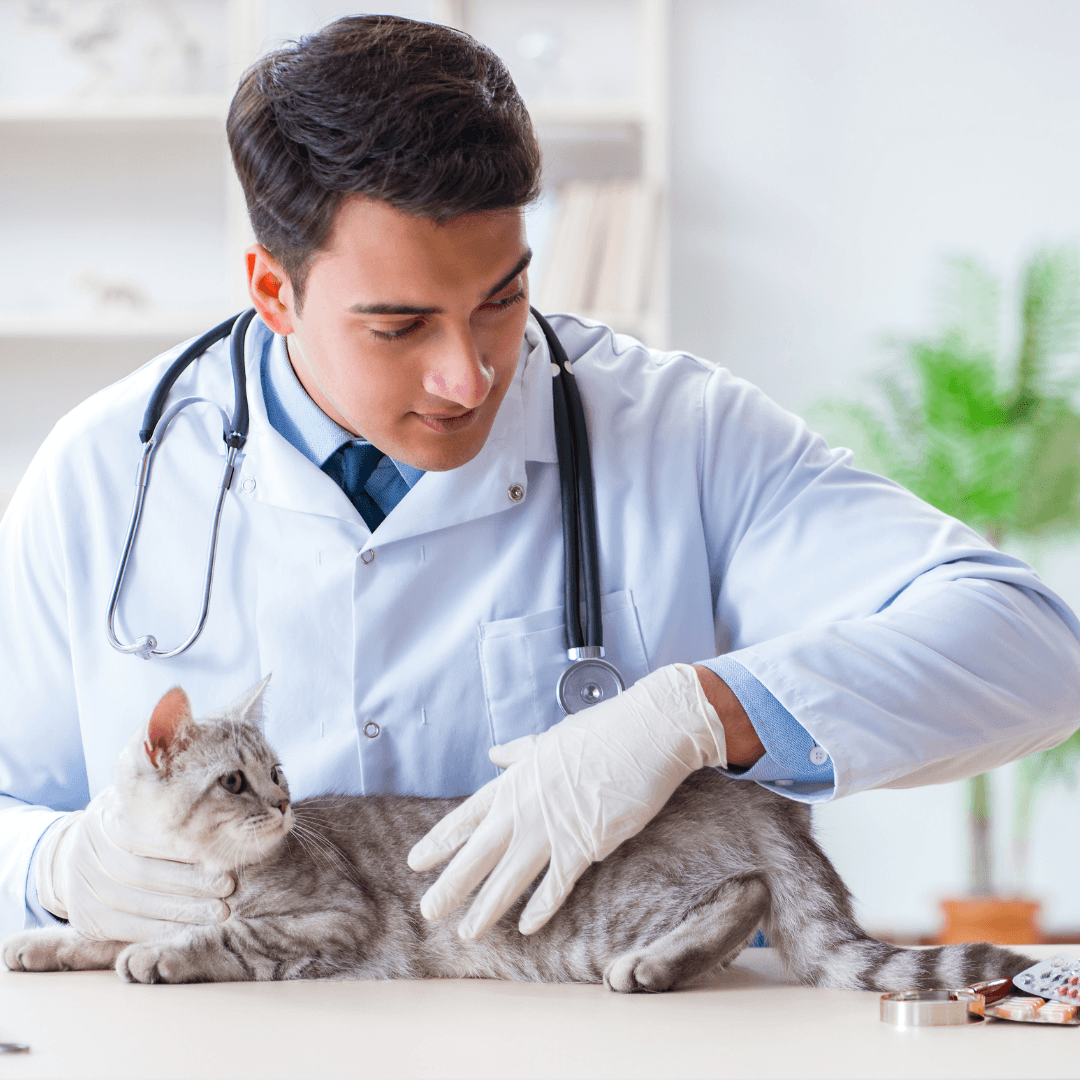
2. Urinary Tract Infections (UTIs)
Urinary Tract Infections (UTIs) are common in cats and can occur in the bladder, urethra, or kidneys. They are often caused by bacteria entering the urinary tract, leading to discomfort, pain, and difficulty urinating.
Female cats are more prone to UTIs due to their shorter urethra, which makes it easier for bacteria to enter the urinary system.
Treatment for UTIs typically involves a course of antibiotics prescribed by a veterinarian. Antibiotics are essential to clear the infection and prevent it from spreading to other parts of the urinary tract.
Also, pain relief medications may alleviate discomfort and encourage the cat to urinate more comfortably. Increasing water intake is crucial during UTI treatment to flush out the urinary system and help the cat recover faster.
Cats may be encouraged to drink more water by providing fresh water sources, using a water fountain, or adding water to their food.
Keeping the litter box clean can promote regular urination and prevent further complications. It's essential to monitor the cat's condition during treatment and follow the veterinarian's instructions carefully.
If the cat's symptoms do not improve or worsen, the veterinarian may need to reevaluate the condition to adjust the treatment plan.
Preventive measures, such as providing a balanced diet, maintaining proper hygiene, and regular veterinary check-ups, can help reduce the risk of UTIs and ensure the cat's urinary health is well-maintained.
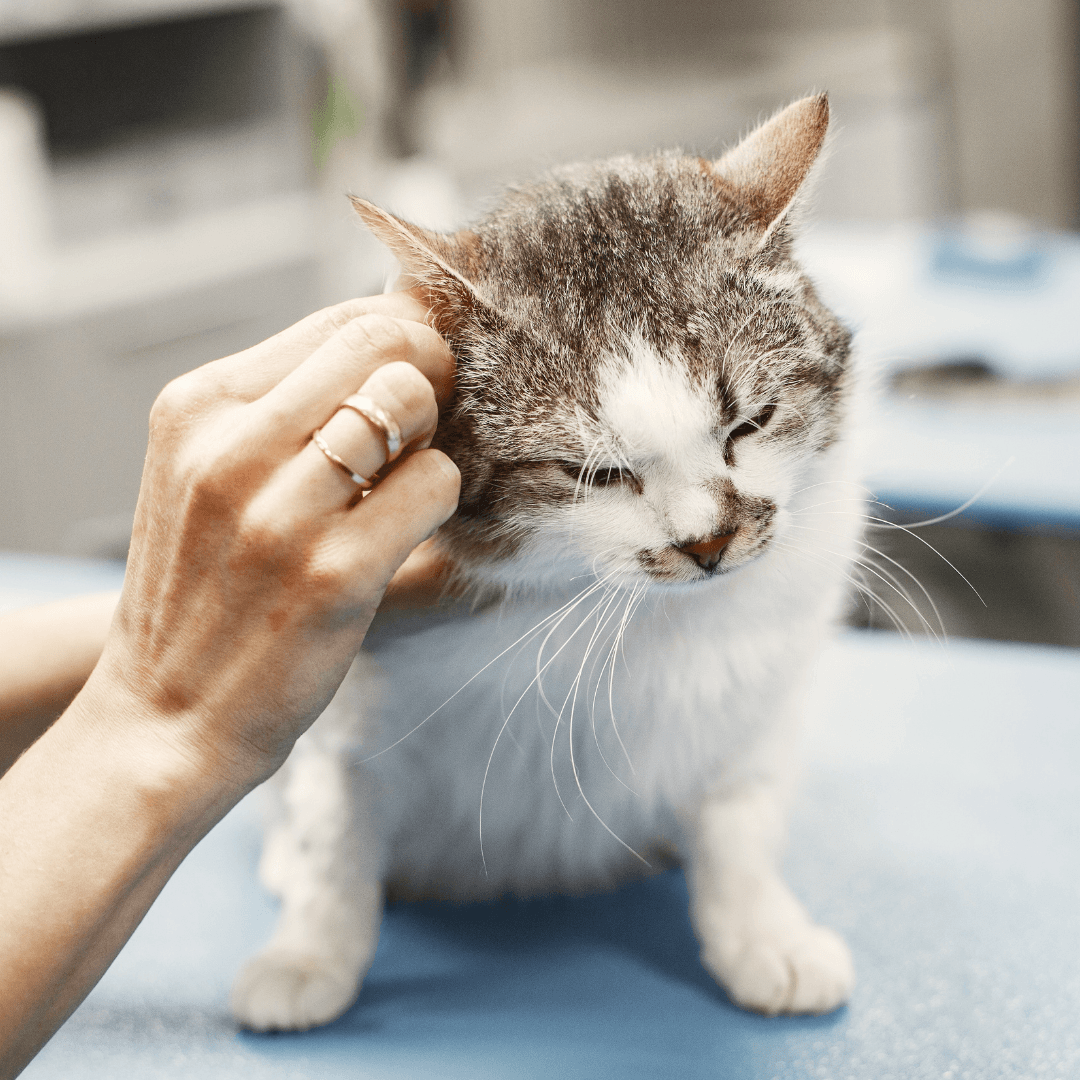
3. Ear Infections
Cats frequently experience ear infections, especially those with long, floppy ears.
These ear infections may be brought on by parasites, yeast, or bacteria that flourish in the ear canal's warm, wet environment.
Cats with ear infections may exhibit symptoms such as constant scratching or pawing at their ears, head shaking, redness, and foul-smelling discharge from the ears.
Ear infection treatment typically involves a two-step process. The first step is to clean the affected ears thoroughly.
This is usually done by a veterinarian using specialized ear-cleaning solutions and techniques to remove any debris, wax, or discharge from the ear canal.
Cleaning the ears is essential to prepare them for the second treatment step.
The second step involves using prescribed ear medications to eliminate the infection.
Depending on the type and severity of the infection, the veterinarian may prescribe antibacterial, antifungal, or parasiticidal ear drops or ointments.
These medications are applied directly into the ear canal and may need to be administered for a specific duration as directed by the veterinarian.
In some cases, oral antibiotics or other medications may be necessary to treat underlying causes of ear infections, such as allergies or immune system disorders.
It is crucial to follow the veterinarian's instructions carefully and complete the full course of treatment to ensure the infection is fully cleared and prevent it from recurring.
Regular veterinary check-ups and routine ear cleaning can help prevent ear infections and catch potential issues early.
Additionally, pet owners should observe changes in their cat's behaviour and seek veterinary attention promptly if they suspect an ear infection.

4. Dental Disease
Dental disease is a prevalent health concern among cats, affecting their oral health and overall well-being.
It can manifest in various forms, including plaque buildup, gingivitis, periodontal disease, and dental abscesses.
As dental issues progress, they can cause pain, discomfort, difficulty eating, and even more severe health problems when bacteria from the mouth enter the bloodstream.
Treatment for dental disease in cats typically involves a combination of professional dental cleanings and home dental care.
During a dental cleaning, the cat is placed under anesthesia, which allows the veterinarian to clean the teeth and thoroughly remove plaque and tartar buildup.
Extractions may be required in more severe situations if a tooth is significantly decaying or infected.
Regular dental check-ups are essential to maintain good dental health and prevent recurring dental diseases.
Pet owners should also establish a home dental care routine, including brushing the cat's teeth with pet-specific toothpaste and providing dental treats or toys designed to promote oral hygiene.
Early detection and intervention are crucial as dental disease can be uncomfortable and distressing for cats.
Pet owners should be attentive to any signs of dental problems, such as bad breath, drooling, pawing at the mouth, or reluctance to eat, and seek veterinary advice promptly.
By prioritizing dental health, pet owners can ensure their cats enjoy a pain-free and happy life.

5. Fleas And Parasites
Fleas, ticks, and internal parasites can pose significant health risks to cats. If left untreated, they can affect their overall well-being and potentially lead to more severe health issues.
External parasites like fleas and ticks can itch, irritate the skin, and spread disease.
Roundworms, hookworms, and tapeworms, among other internal parasites, can live inside cats' digestive tracts, causing gastrointestinal issues and malnutrition.
Preventing and treating these parasites is crucial for the cat's health. Regular use of flea and tick preventatives is essential to protect cats from infestations and potential diseases.
These preventatives come in various forms, including topical treatments, collars, and oral medications.
For existing infestations, specialized medications can be used to eliminate fleas, ticks, and internal parasites.
Additionally, regular deworming is recommended to control and prevent internal parasites.
Veterinarians can guide the appropriate deworming schedule and medications based on the cat's age, lifestyle, and risk of exposure.
Maintaining a clean and hygienic living environment for the cat is also essential in preventing re-infestation.
Regularly vacuuming carpets, washing bedding, and tidying the cat's living area can minimize the risk of parasite infestations.
Pet owners should closely monitor their cats for any signs of fleas, ticks, or parasite infestations and seek prompt veterinary care if any issues are detected.
Early intervention and consistent prevention are vital in safeguarding the cat's health and ensuring a happy and healthy life.

6. Gastric Issues
Gastric issues, encompassing vomiting and diarrhea, are common cat illnesses that cat owners should be vigilant about.
Sudden dietary changes, food intolerances, ingestion of toxic substances, infections, and underlying medical conditions can all contribute to these gastrointestinal problems.
When a cat experiences vomiting or diarrhea, monitoring their symptoms and behaviour closely is essential.
If the issue persists or is accompanied by other concerning signs, such as lethargy or loss of appetite, veterinary attention should be sought promptly.
Treatment for gastric issues in cats often involves identifying and addressing the underlying cause.
In cases of mild digestive upset, a short period of fasting followed by a bland diet can help give the digestive system a chance to settle.
Ensuring the cat stays well-hydrated is crucial, as vomiting and diarrhea can lead to dehydration.
If the symptoms are severe or persistent, a visit to the veterinarian is necessary for a comprehensive evaluation.
The vet may perform diagnostic tests, such as bloodwork and fecal analysis, to determine the cause of the gastric issues and recommend appropriate treatment.
Treatment may include medications, dietary adjustments, or further supportive care depending on the diagnosis.
Preventing gastric issues in cats can be achieved by providing a balanced and suitable diet, avoiding sudden changes in food, and keeping harmful substances out of reach.
Regular veterinary check-ups are also essential to monitor the cat's overall health and detect potential health issues early on.
With proper care and attention, most cases of gastric upset in cats can be effectively managed and resolved.

7. Diabetes
Diabetes is among the common cat illnesses affecting overweight or older cats.
It is characterized by the body's inability to regulate blood sugar levels effectively due to insufficient insulin production or improper response to insulin.
Increased thirst, frequent urination, weight loss, and an increased appetite are all typical signs of diabetes in cats.
Diabetes can cause major complications and impact a cat's health if not managed.
Treatment for feline diabetes typically involves a combination of insulin therapy, dietary changes, and weight management.
Insulin injections are administered as a veterinarian prescribes to help regulate blood sugar levels.
Cat owners must learn how to administer insulin injections to their feline companions properly.
Dietary changes are also essential in managing diabetes in cats. A balanced and consistent diet and controlled feeding times can help stabilize blood sugar levels.
High-fiber, low-carbohydrate diets are often recommended for diabetic cats to control blood sugar.
Maintaining a healthy weight through weight management is vital for diabetic cats.
Regular exercise and portion control can help control weight and improve insulin sensitivity.
Close monitoring of the cat's condition, regular veterinary check-ups, and consistent adherence to the prescribed treatment plan are crucial for managing feline diabetes effectively and providing the best possible quality of life for the affected cat.

8. Feline Lower Urinary Tract Disease (FLUTD)
Feline Lower Urinary Tract Disease (FLUTD) is a common illness that affects cats of all ages and breeds.
Cat owners must know FLUTD and its potential causes and treatments to ensure their feline friends stay healthy and comfortable.
The exact cause of FLUTD can vary and may be related to factors like stress, diet, urinary tract infections, or the formation of urinary stones.
Treatment for FLUTD aims to alleviate discomfort and resolve the underlying cause.
Pain relief medications may be prescribed to provide immediate relief from the discomfort associated with urination.
Dietary modifications are often recommended, such as feeding a specialized urinary care diet that helps prevent the formation of urinary crystals and stones.
Antibiotics may be prescribed to clear the infection if a urinary tract infection is present.
In cases where urinary stones are the underlying cause, specific management options may be considered, such as dissolving the stones through diet or surgical removal.
Addressing any potential stress factors in the cat's environment, such as providing a calm and enriching living space, is essential to prevent FLUTD recurrence.
Ensuring the cat has access to clean and fresh water at all times encourages proper hydration, which can help maintain urinary health.
Regular veterinary check-ups are crucial to monitor the cat's condition and adjust the treatment plan.
Cat owners can promptly recognize and treat FLUTD to improve their feline companions' comfort and prevent potential complications.
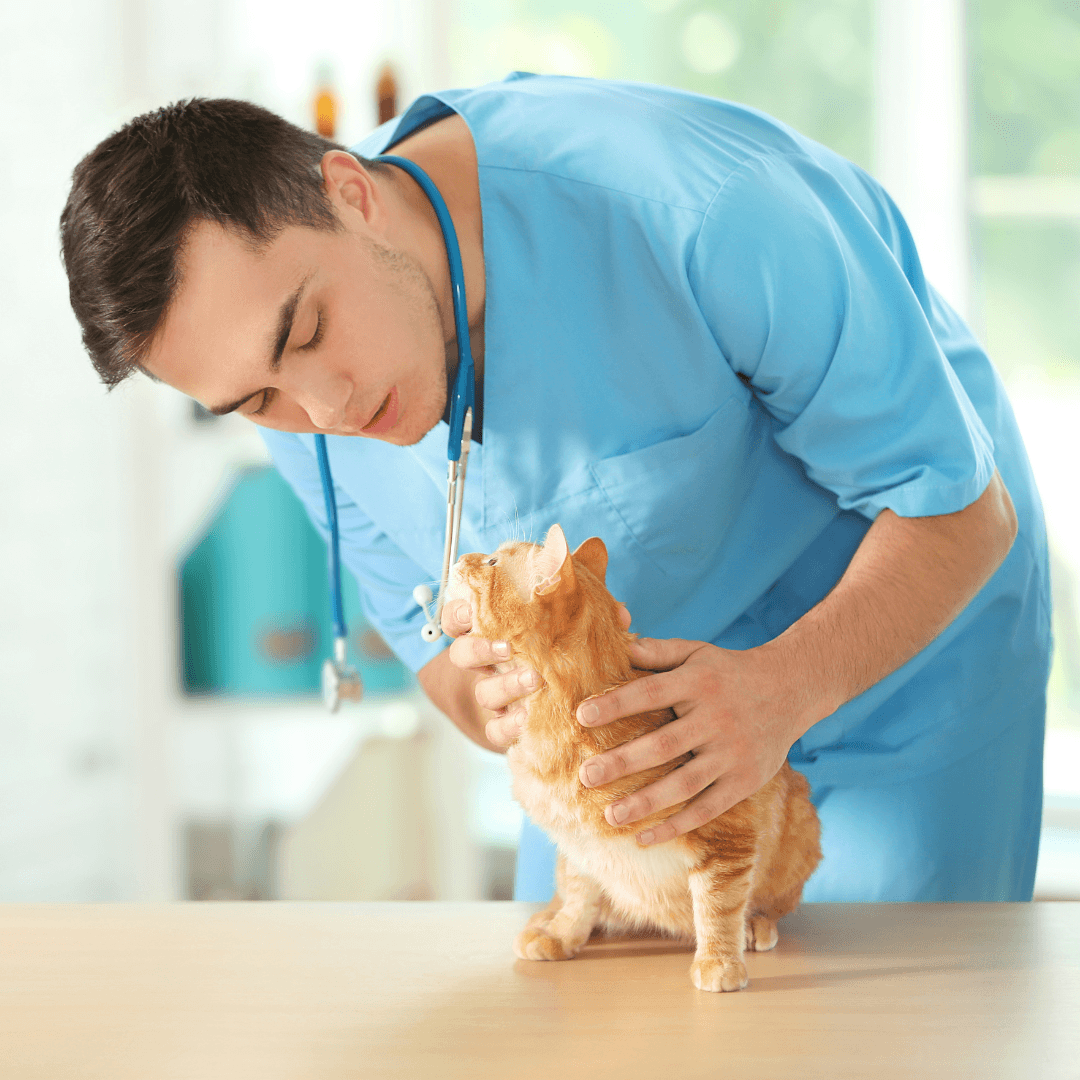
9. Hyperthyroidism
Hyperthyroidism is a prevalent endocrine disorder in older cats, typically caused by an overactive thyroid gland.
The condition leads to excessive production of thyroid hormones, which can result in a range of symptoms such as weight loss, increased appetite, restlessness, and increased heart rate.
Treatment for hyperthyroidism aims to normalize the thyroid hormone levels and alleviate the associated symptoms.
One common approach involves administering medications, such as methimazole or carbimazole, which help regulate thyroid hormone production.
These medications must be administered regularly; periodic blood tests are essential to monitor the cat's thyroid hormone levels.
Another treatment option is dietary management. Specialized prescription diets with reduced iodine content may be recommended to support thyroid health and reduce hormone production.
These diets can be used alone or in combination with medication.
Radioactive iodine therapy may be considered for more severe or persistent cases of hyperthyroidism.
This treatment involves a single injection of radioactive iodine, which selectively destroys the overactive thyroid tissue while leaving healthy tissue unaffected.
Although radioactive iodine therapy is highly effective, it may require a short hospital stay to ensure proper handling of radioactive materials.
Surgery to remove the affected thyroid tissue is another option. Still, it is less common due to the risks associated with anesthesia and potential damage to the parathyroid glands.
Regular veterinary check-ups are essential to monitor the cat's response to treatment and adjust the management plan accordingly.
With proper treatment and ongoing management, cats with hyperthyroidism can lead comfortable and fulfilling lives.
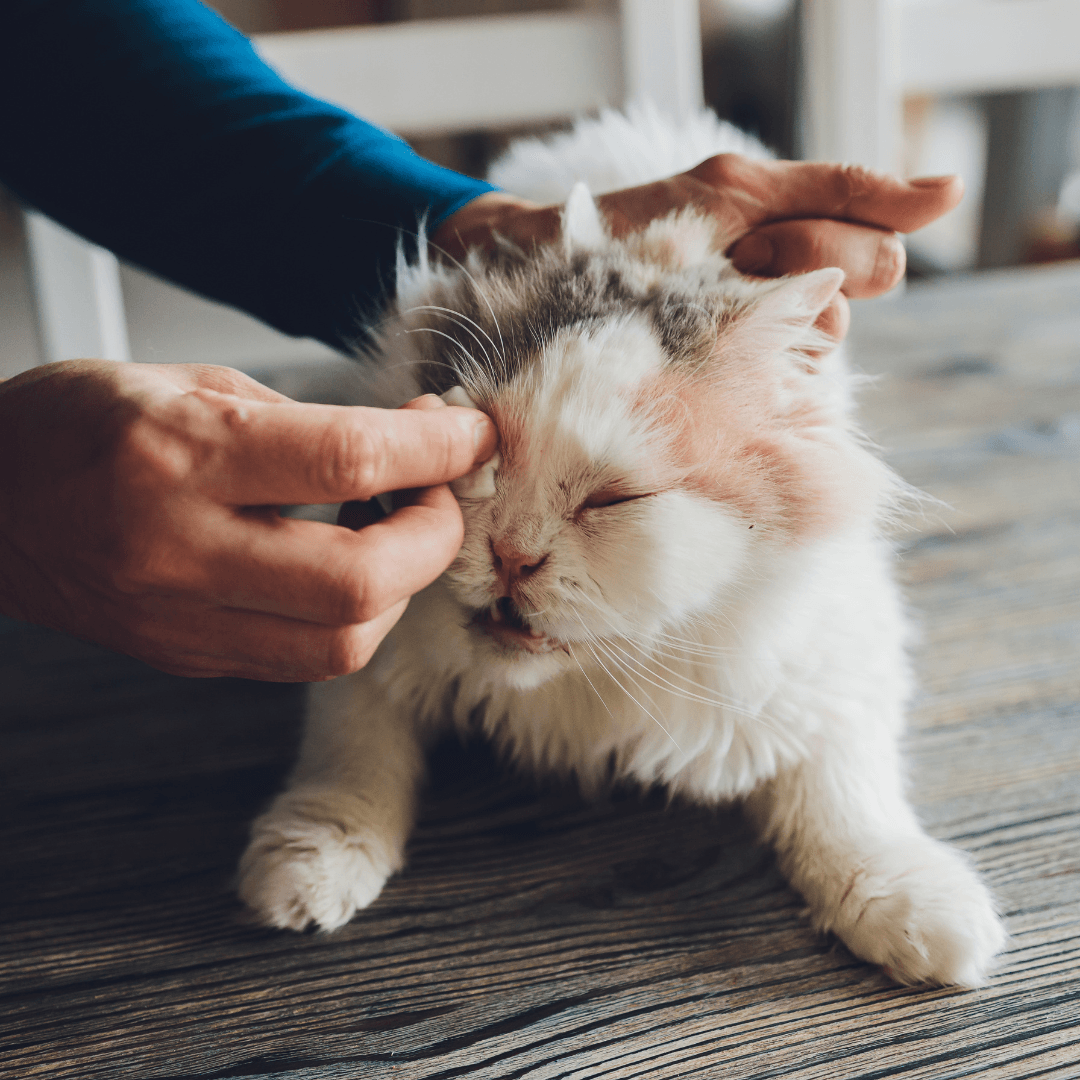
10. Conjunctivitis
Conjunctivitis, also called pink eye, is an inflammation of the conjunctiva, the delicate membrane covering the inner surface of the eyelids and the eye's surface.
It is a common condition in cats and can be caused by various factors, including viral or bacterial infections, allergies, irritants, or underlying health issues.
Symptoms of conjunctivitis in cats may include redness, swelling, excessive tear production, squinting, and eye discharge.
Depending on the cause of the conjunctivitis, the discharge may range from clear and watery to thick and pus-like.
Treatment for feline conjunctivitis usually involves the administration of eye drops or ointments prescribed by a veterinarian.
These medications may contain antibiotics to address bacterial infections or anti-inflammatory agents to reduce swelling and discomfort.
Antiviral drugs may sometimes be necessary if a viral infection is the underlying cause.
Additionally, it is essential to keep the affected cat's eyes clean and free from discharge.
Use a soft, damp cloth to wipe away any crust or discharge around the eyes gently. Ensure the cat's living environment is clean and free from potential irritants.
If conjunctivitis persists or worsens despite treatment, a veterinarian may need to evaluate the patient further to investigate underlying health issues or adjust the treatment plan.
Cat conjunctivitis is usually treatable and resolves with appropriate care and medication within a few days to weeks.
Conclusion
In conclusion, cats are susceptible to various illnesses and health issues like all animals.
As responsible pet owners, we must be aware of common cat illnesses and their symptoms to seek veterinary care when needed.
Additionally, routine vaccines and checkups at the vet can aid in disease prevention and early detection of any potential health issues.
Regarding treatment, the appropriate approach depends on the specific illness and its underlying cause.
In many cases, medications prescribed by a veterinarian and supportive care at home can help alleviate symptoms and aid recovery.
A clean and comfortable living environment, a balanced diet, and regular exercise can contribute to a cat's overall health and well-being.
Always consult a veterinarian if you have concerns about your cat's health or well-being.
By being proactive and providing the best possible care, we can ensure that our feline companions lead healthy and happy lives.
I trust you enjoyed this article on Common Cat Illnesses And Their Treatments. Please stay tuned for more blog posts shortly. Take care!
JeannetteZ
>>>Please click here to read my all-inclusive article about the Best Cat Care Tips For Beginners<<<
Your Opinion Is Important To Me
Do you have thoughts, ideas, or questions? I would love to hear from you. Please leave your questions, experiences, and remarks about Common Cat Illnesses And Their Treatments in the comments below. You can also reach me by email at Jeannette@Close-To-Nature.org.
Disclosure
This post may contain affiliate links. As an Amazon Associate and other affiliate programs, I earn from qualifying purchases at no extra cost to you. Please read my full affiliate disclosure.
You might also enjoy these blog posts:
The Most Beautiful Horse Breeds
A Glimpse Into The World Of African Elephant Habitats
Best Natural Healing Therapies For Migraines
Best Tips For Keeping Horses Cool In Summer

